The Truth About Black America’s HIV Crisis
Credit: Viktoriia Miroshnikova via Getty Images.
These five charts reveal HIV’s disproportionate impact on Black Americans, including youth, women, and the effects of stigma.
By Anissa Durham
In the 1980s, it was a death sentence.
Now, with advancements in medicine, living with human immunodeficiency virus (HIV) doesn’t mean your life will end. Prevention efforts show improvements in HIV infection rates, with a 12% drop between 2018 to 2022.
READ MORE: Stigma, Stereotypes, and the HIV Crisis in the South
Still, the rates of HIV infection are increasing in certain regions and communities. And it doesn’t help that stigma, misinformation, and shame continue to burden Black folks who are overwhelmingly vulnerable to the virus.
These five charts show how HIV rates impact African American people.
Black Americans
Black people experience significant barriers in seeking and receiving HIV testing, prevention, care, and treatment, including challenges stemming from differential access to healthcare and a range of social and economic benefits.
In 2022, the most recent available data on HIV infection rates, there were about 31,800 new diagnoses. Black Americans made up 37% of those diagnoses.
Black Youth
In 2022, young Black Americans between the ages of 13 to 24 accounted for half of all new HIV diagnoses among youth nationwide. Nearly double the rates of Hispanic and Latino youth and more than three times the rate of white youth.
Black Women
Women are often underrepresented in HIV prevention and treatment efforts and are also less likely to perceive themselves as at risk for HIV. Black women accounted for 50% of new HIV diagnoses in 2022 — double the rate for white women and two and a half times the rate for Hispanic women.
HIV Stigma
A significant number of Americans living with HIV report experiencing stigma. Black and Hispanic/Latinx people living with diagnosed HIV experience more HIV stigma and more instances of homelessness/unstable housing than white people. Both factors can contribute to negative health outcomes for people living with or at risk for the virus.
PrEP Use
Pre-Exposure Prophlaxis is a medication that helps prevent HIV infection. Nearly 50% of new HIV diagnoses are in the South, yet only account for 22% of PrEP users. Black Americans have the greatest unmet need for PrEP in any region.

